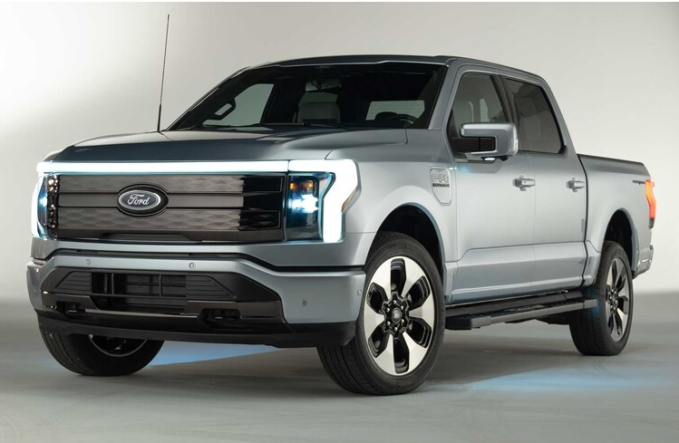
The bigger the vehicle, the better the impact on emissions!
A joint study between Ford and the University of Michigan found that, within the light-duty vehicle sector, switching from conventional internal combustion engines to battery-electric powered vehicles significantly reduces greenhouse gas emissions.
The study determined that on average in the US, light-duty, battery-electric vehicles have approximately two-thirds lower greenhouse gas emissions throughout its entire lifecycle than vehicles powered by internal combustion engines. Even more, the bigger the vehicle, the better the impact on emissions.
Researchers focused on three various powertrain options available in 2020: internal combustion engines, hybrid-electrics, and battery-electrics. Further, they looked at what impact these powertrains had on midsize sedans, midsize SUVs, and full-size pickup trucks in regard to fuel economy, mileage, production, and overall vehicle lifecycle.
“Though the percentage savings is approximately the same across vehicle classes, on average
replacing an internal-combustion-engine sedan with a battery-electric sedan saves 45 metric tons of carbon dioxide equivalent, replacing an internal-combustion-engine SUV with a battery-electric SUV saves 56 metric tons of carbon dioxide equivalent, and replacing an internal-combustion engine pickup with a battery-electric pickup saves 74 metric tons carbon dioxide equivalent over the lifetime of the vehicles,” said study first author and Center for Sustainable Systems Research Specialist Max Woody.
No surprise, the study did substantiate that battery-electric vehicles do have larger greenhouse gas emissions during initial production, primarily due to battery manufacturing. The good news is this result is counterbalanced by economies experienced during vehicle operation. For battery-electric vehicles and internal combustion engine vehicles, the breakeven time is 1.2 to 1.3 years for sedans, 1.4 to 1.6 years for SUVs, and 1.3 years for pickup trucks, based on the standard U.S. grid and vehicle miles traveled.
Charging strategies can also reduce battery-electric vehicle greenhouse gas emissions. Researchers determined that charging when grid emissions’ intensity is at its lowest can reduce emissions by 11% on average. “Deployment of electric vehicles and expansion of renewable energy resources like solar and wind should be done at the same time; the benefit of each is increased by the development of the other,” said Woody.
Putting a finer point on the matter, study senior author Greg Keoleian, a professor at the U-M School for Environment and Sustainability and director of the U-M Center for Sustainable Systems said “This is an important study to inform and encourage climate action. Our research clearly shows substantial greenhouse gas emission reductions that can be achieved from transitioning to electrified powertrains across all vehicle classes.”
Ford Light Duty Vehicles: Electric v. ICE
Ford and UMich Full Study Report




